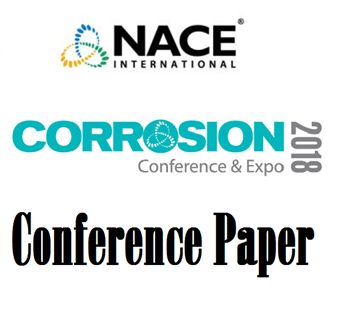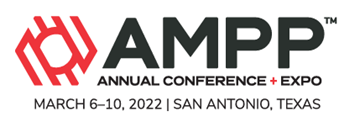Search
Products tagged with 'computational modeling'
View as
Sort by
Display
per page
51318-10955-CP shielding effect on buried pipeline by complex bridge structure
Product Number:
51318-10955-SG
Publication Date:
2018
$20.00
Design Of Sour Service Material: Combining Metallurgical Design, Laboratory And Full Scale Testing Towards A Novel High Strength Sour Service Material
Product Number:
51322-17615-SG
Publication Date:
2022
$20.00
Digital Twin as a Tool for Extending In-Line Inspection Intervals
Product Number:
51324-20824-SG
Publication Date:
2024
$40.00
Internal ICCP of Offshore Wind Monopile Foundations
Product Number:
51323-19376-SG
Publication Date:
2023
$20.00
Using a Computational Galvanic Model in a Fracture Mechanics Framework to Improve Material Degradation Prediction
Product Number:
51320-14646-SG
Publication Date:
2020
$20.00





